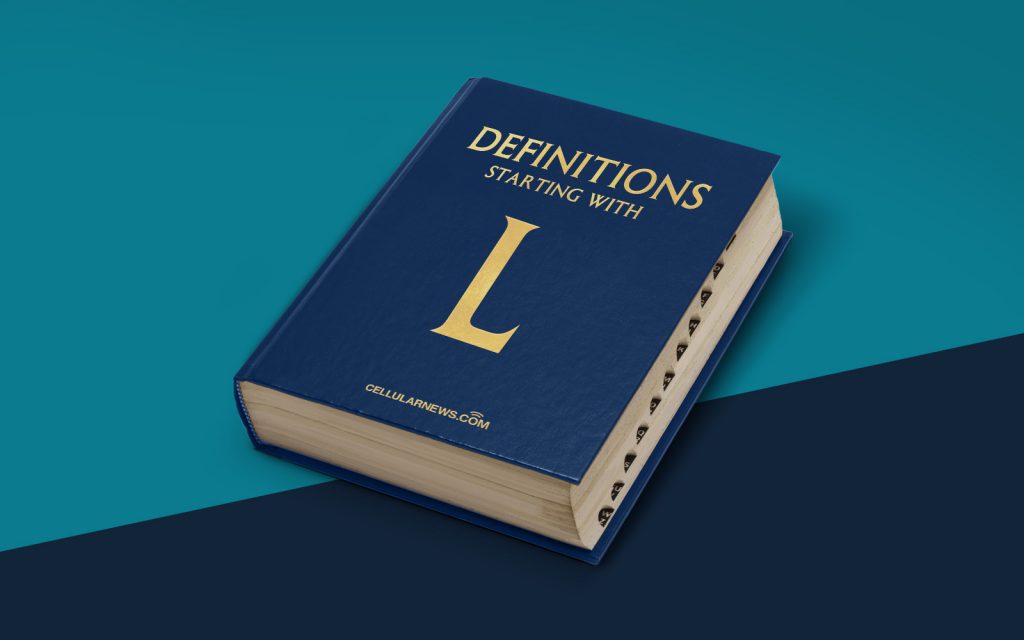
What is Linear Pulse Code Modulation (LPCM)?
Welcome to our DEFINITIONS category, where we provide clear and concise explanations of important concepts in the world of technology and beyond. In today’s post, we’ll be exploring the fascinating world of Linear Pulse Code Modulation (LPCM).
LPCM, also known as Linear PCM, is a digital audio encoding format that is widely used in various applications, from CDs and DVDs to audio streaming and telecommunications. It is a process that allows analog audio signals to be converted into digital form for more efficient storage, transmission, and reproduction.
Key Takeaways:
- LPCM is a common digital audio encoding format used in CDs, DVDs, and other applications.
- It converts analog audio signals into digital form for more efficient storage, transmission, and reproduction.
The process of LPCM involves several steps to ensure accurate representation of the original analog audio signal. Let’s walk through the process:
- Sampling: The analog audio signal is sampled at regular intervals to capture its amplitude (volume) at each point.
- Quantization: The amplitude values obtained from sampling are quantized, meaning they are assigned digital values based on their level of precision. This allows the audio data to be represented by binary numbers.
- Coding: The quantized values are then encoded using a predetermined coding scheme. LPCM typically uses a linear coding scheme, where the binary values directly represent the amplitude of the audio signal.
Once the analog audio signal has been converted to digital form using LPCM, it can be easily stored, transmitted, and reproduced with high accuracy and fidelity. The digital audio data can be processed and manipulated in countless ways, providing flexibility and versatility.
The advantages of LPCM include its compatibility with a wide range of audio devices and systems, its ability to accurately capture and reproduce audio signals, and its support for high-quality audio with minimal loss or distortion. It is the format of choice for audio enthusiasts and professionals who prioritize audio quality and precision.
In conclusion, Linear Pulse Code Modulation (LPCM) is a digital audio encoding format that plays a vital role in the storage, transmission, and reproduction of audio signals. Its precise sampling, quantization, and coding process ensure accurate representation of analog audio, making it widely used in various applications. Understanding LPCM is crucial for anyone interested in the fascinating world of audio technology.
We hope you found this post informative and gained a better understanding of LPCM. Stay tuned for more enlightening posts in our DEFINITIONS category. If you have any questions or would like to suggest a topic for future posts, please feel free to reach out to us. Happy learning!
